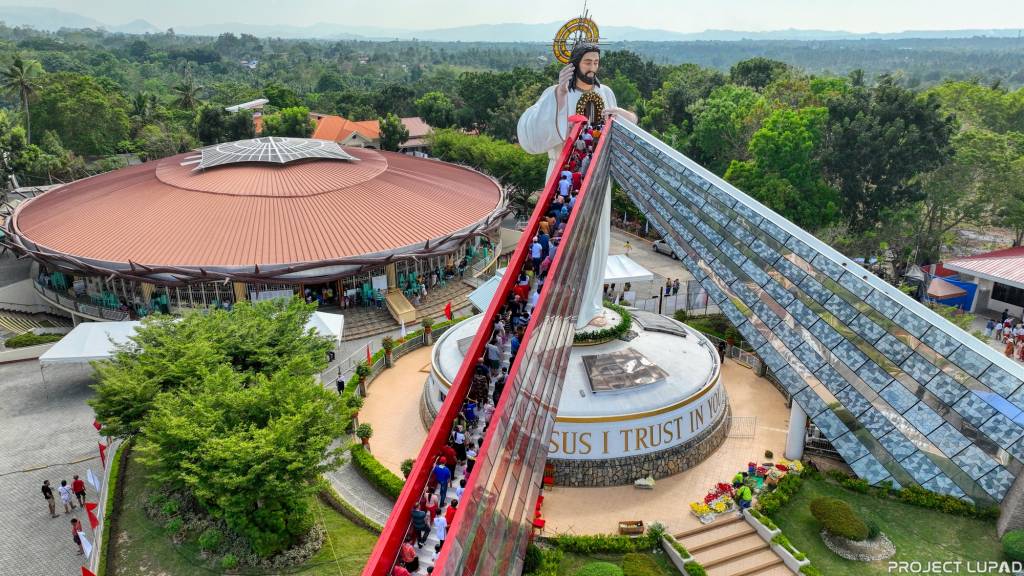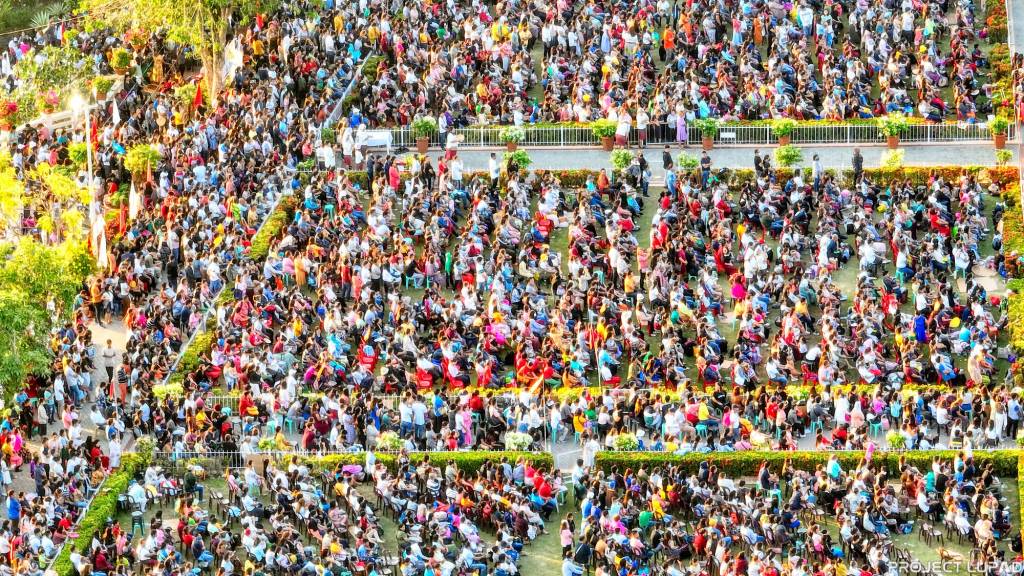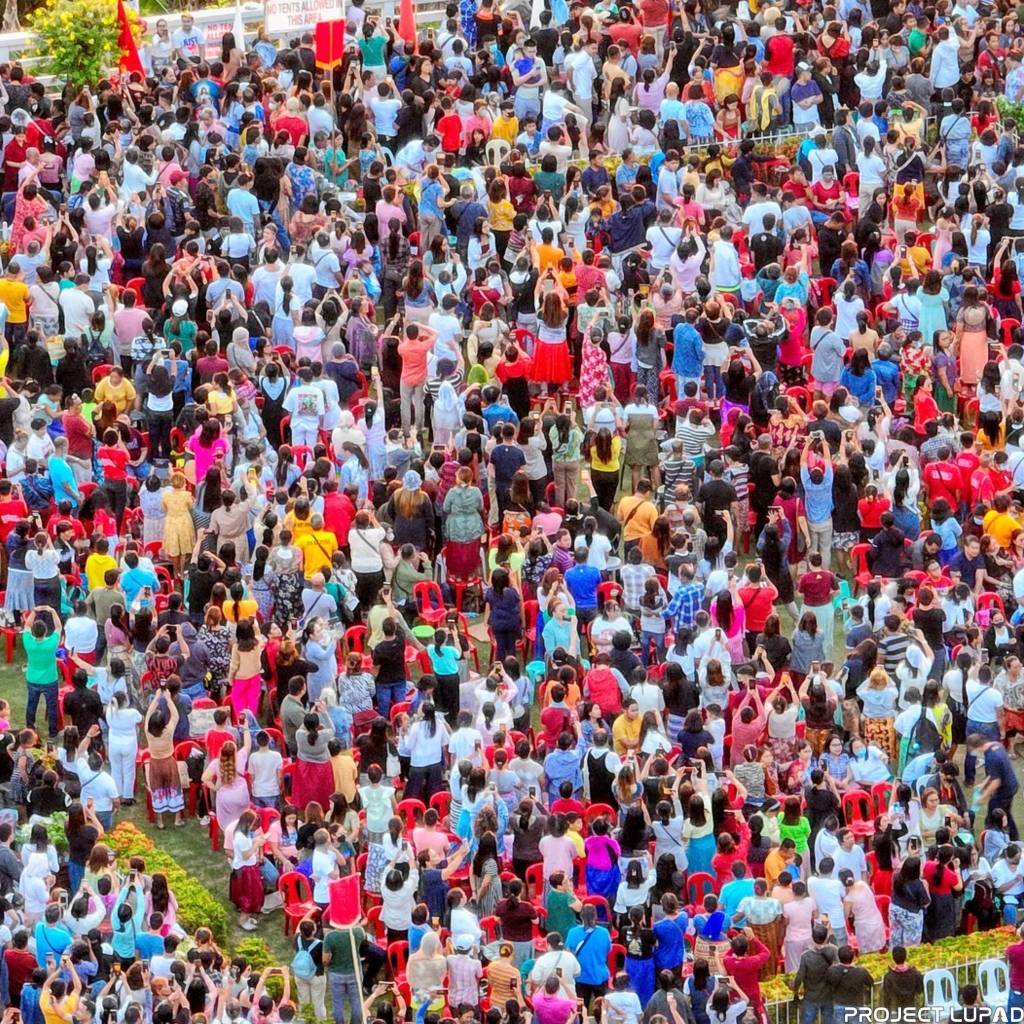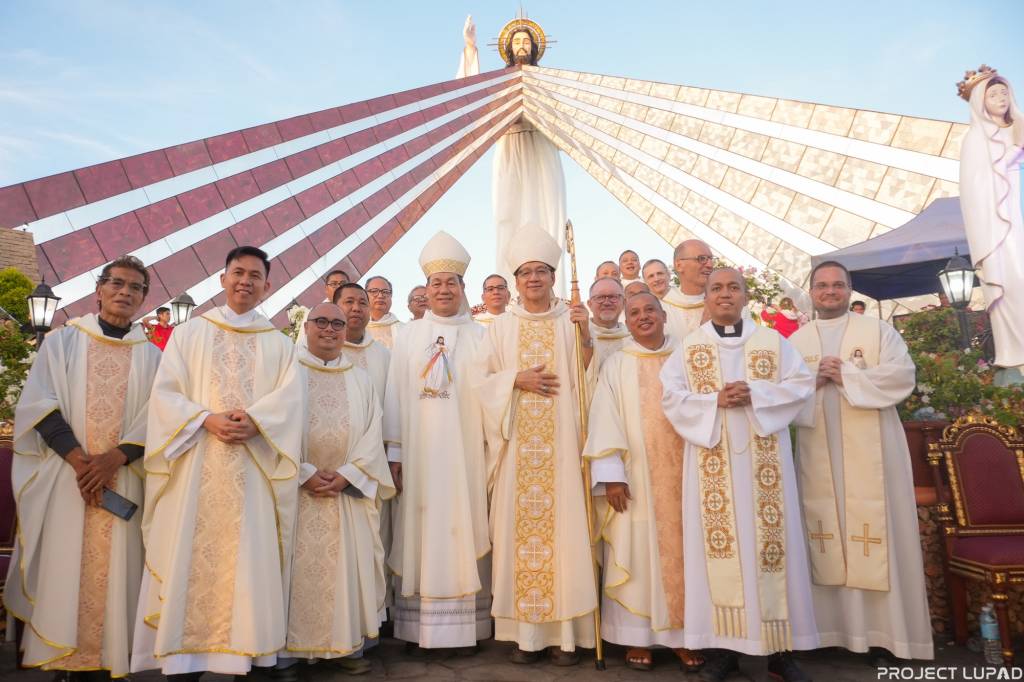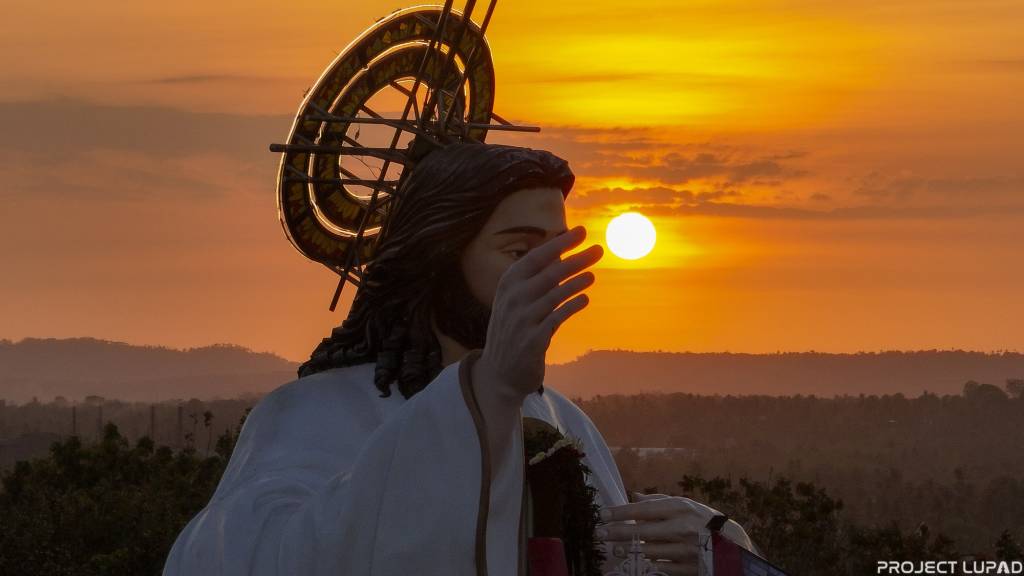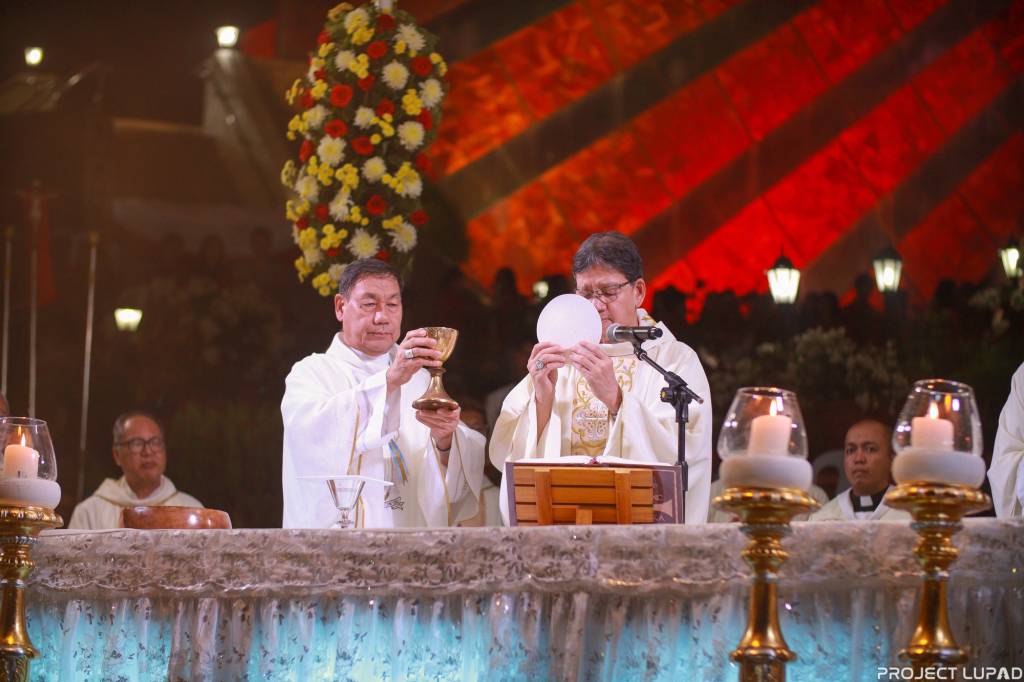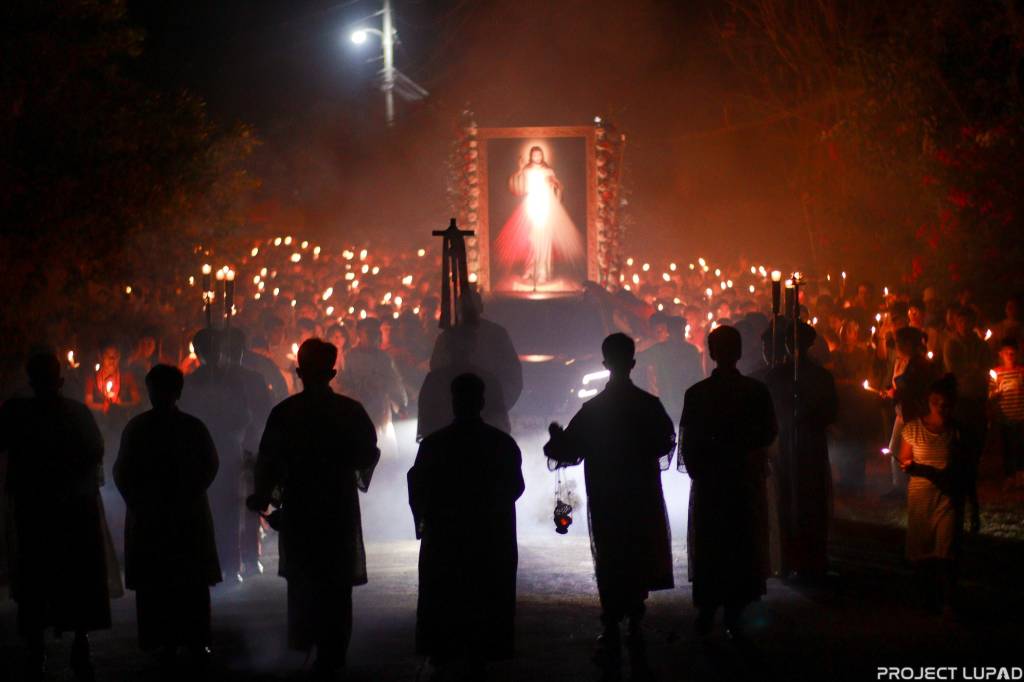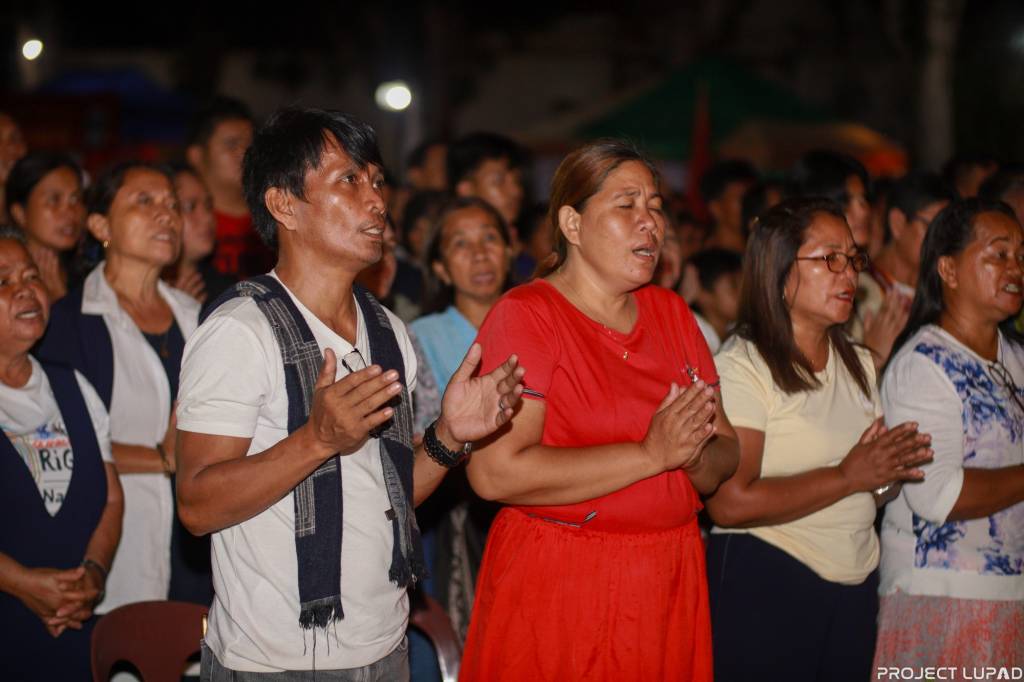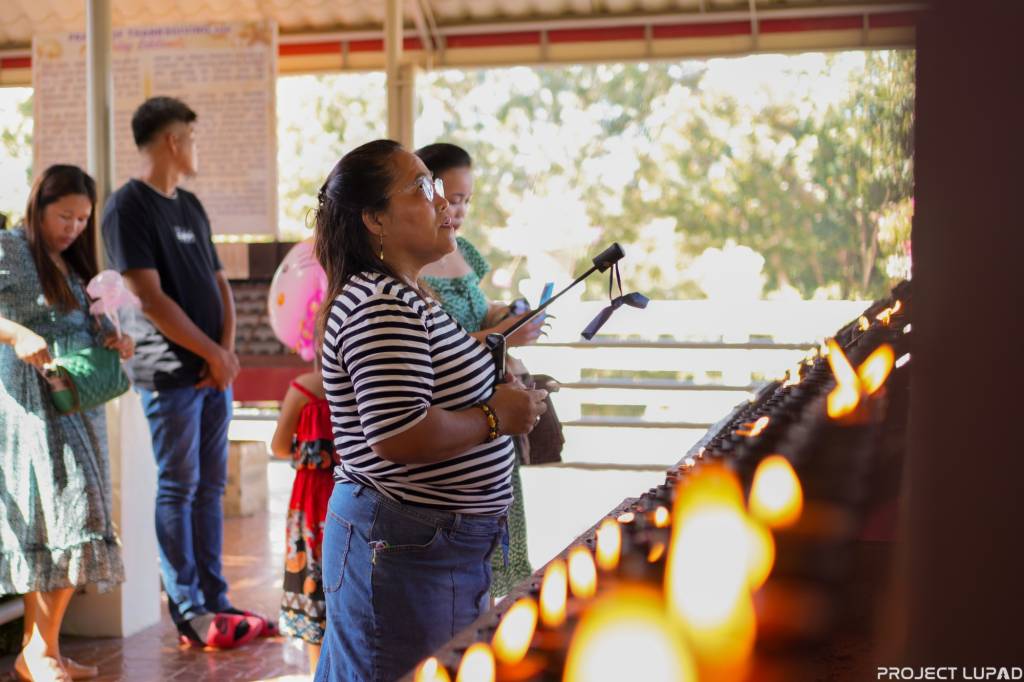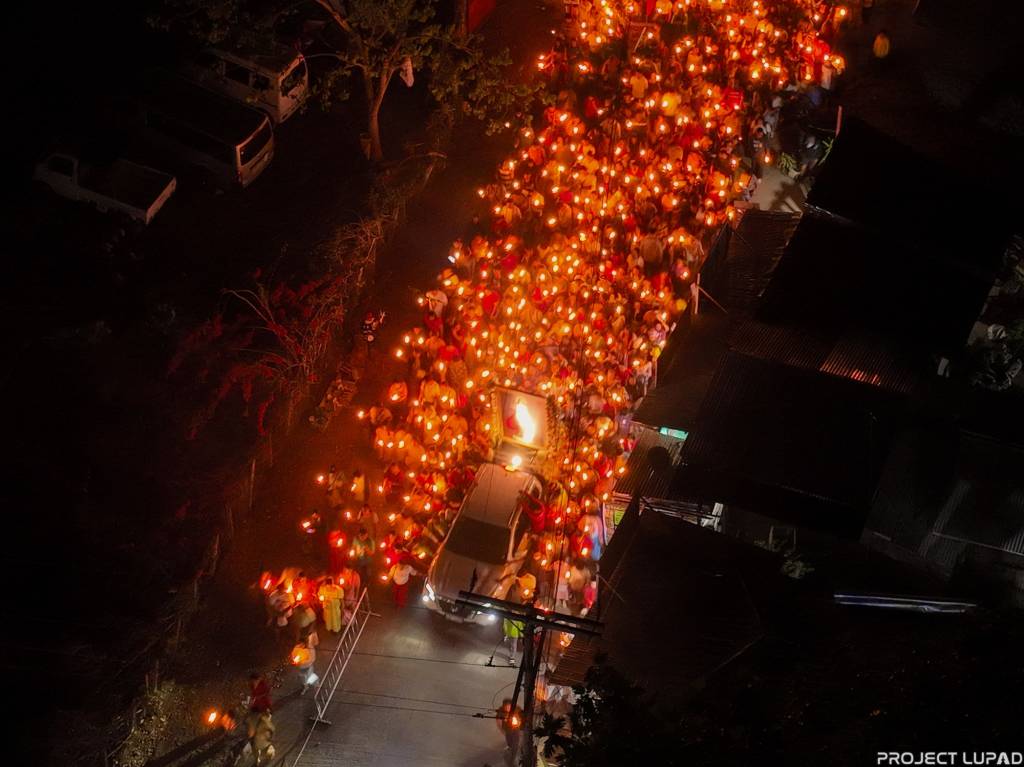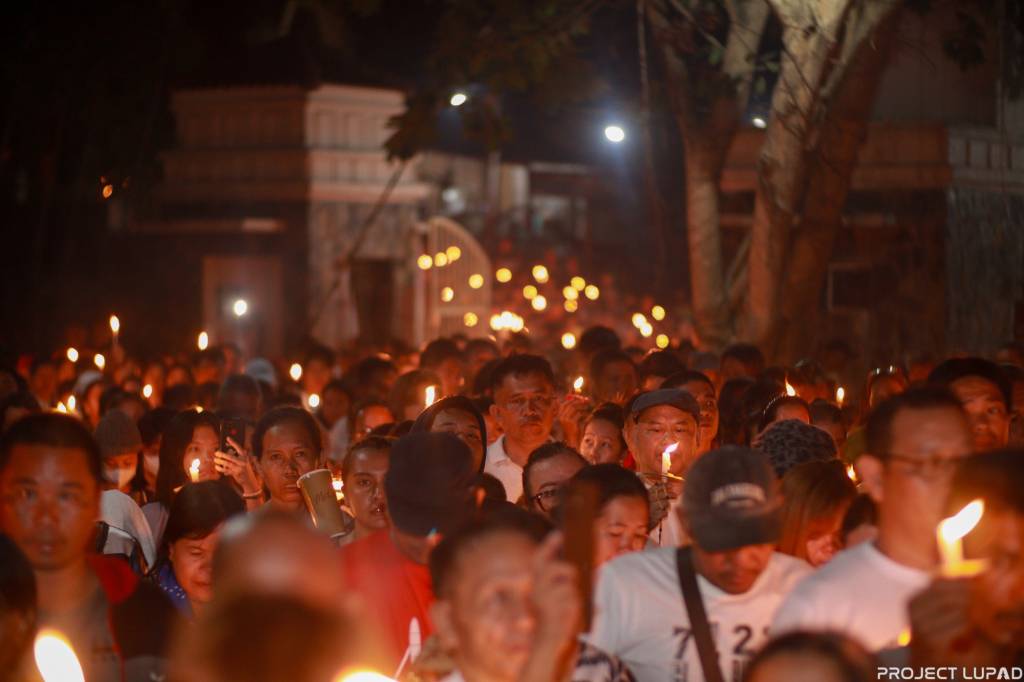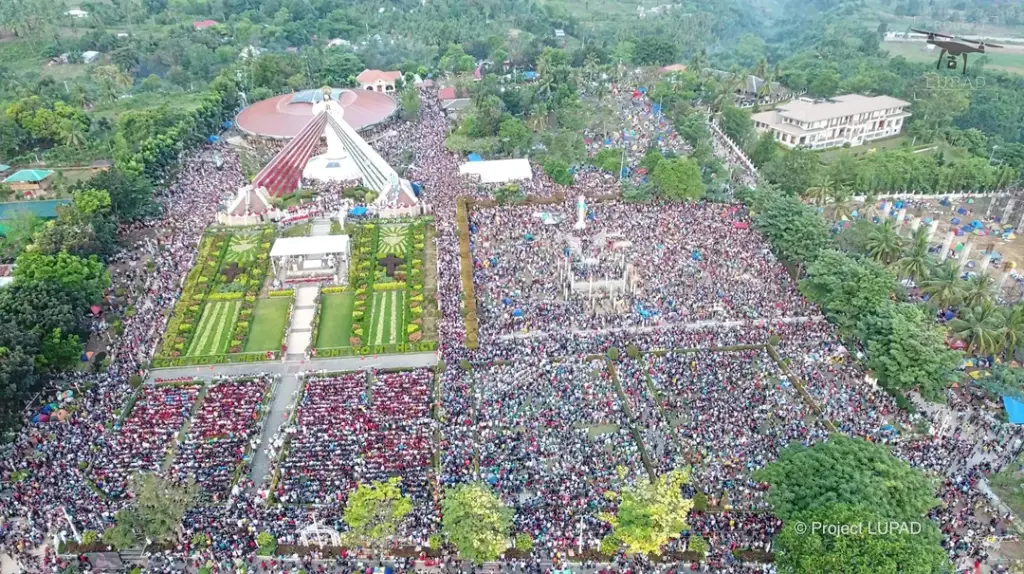
Feast of Mercy: Celebrating Divine Mercy Sunday
The Feast of Mercy, also known as Divine Mercy Sunday, is a significant observance in the Christian liturgical calendar, specifically among followers of the Roman Catholic Church. Instituted by Pope John Paul II in 2000, this feast is celebrated on the first Sunday after Easter. This places it on the Second Sunday of Easter, a day rich with spiritual significance, reflecting the boundless mercy of God as exemplified by Jesus Christ.
Historical Background
The origins of Divine Mercy Sunday are closely tied to Saint Faustina Kowalska, a Polish nun who reported visions and conversations with Jesus Christ in the early 20th century. According to her writings, particularly in her diary, “Divine Mercy in My Soul,” Jesus expressed his desire for a special feast day dedicated to spreading the message of mercy. “I desire that the Feast of Mercy be a refuge and shelter for all souls, especially poor sinners,” Jesus reportedly told Saint Faustina. He indicated that the most appropriate time for this feast was the Sunday after Easter.
The revelations received by Saint Faustina emphasized mercy as the core attribute of God’s character. They also highlighted the importance of trusting in Christ’s endless mercy and extending mercy to others.

Liturgical Significance
Divine Mercy Sunday serves multiple spiritual purposes: it is a day for the faithful to receive God’s mercy and an opportunity for them to practice mercy towards others. This feast is marked by special prayers such as the Divine Mercy Chaplet, often recited in the afternoon at three o’clock, known as the Hour of Great Mercy, when Jesus died on the cross.
During the Mass, readings and hymns focus on themes of God’s loving mercy towards humankind. The liturgy reinforces the message that God’s mercy is available to all, extending even to the greatest of sinners, offering forgiveness and new life through the resurrection of Jesus.
Cultural Impact
Since its official establishment, Divine Mercy Sunday has been embraced by Catholics worldwide, contributing to a deeper understanding and appreciation of mercy’s role in Christian doctrine and personal spirituality. Churches often hold special services, and in many places, this day is also associated with acts of charity, forgiveness, and reconciliation, bringing to life the mercy that the feast extols.
Celebrations at Divine Mercy Hills

Every year, a grand celebration of the Feast of Mercy occurs at the Divine Mercy Hills in El Salvador City, Misamis Oriental. This sacred site draws thousands of devotees who come to pray, reflect, and participate in the mass and other spiritual activities scheduled throughout the day. The serene environment, featuring the monumental Divine Mercy statue overlooking Macajalar Bay, provides a perfect backdrop for contemplation and worship, making it a focal point for experiencing the profound depths of Divine Mercy. This annual event is a testament to the enduring impact of Saint Faustina’s visions and a vital part of the community’s spiritual life.
The Feast of Mercy, or Divine Mercy Sunday, transcends a mere liturgical observance; it is a profound invitation to all to reflect on and embrace mercy, a foundational element of the Christian faith. As this feast is celebrated on the Sunday following Easter, it connects the joy of resurrection with the powerful theme of divine forgiveness, promising hope and renewal to the faithful worldwide.
This feast not only commemorates a significant aspect of faith but also acts as a call to live out the values of compassion and forgiveness in our daily lives, making it a vital part of the spiritual calendar for believers.





